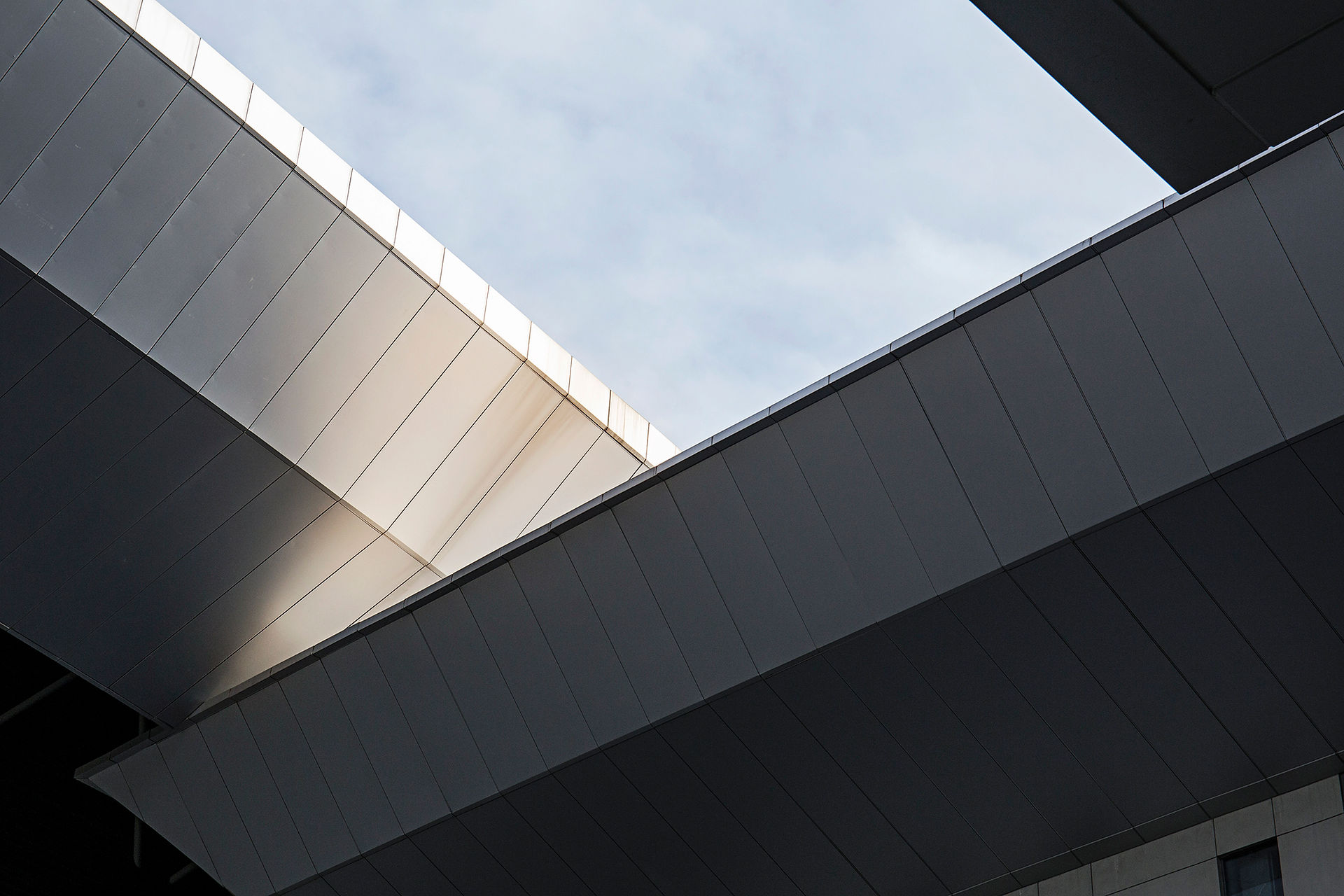Built to Withstand: Key Considerations for Hurricane Resilient Construction
- Blue Print Team
- Jun 4
- 3 min read
As another hurricane season approaches, it brings with it the ever-powerful reminder of the importance of resilient construction, especially in geographically vulnerable regions. Not just about aesthetics or cost, resilient construction is the essential aspect of the building process that is also about building smart, protecting lives, preserving investments, and ensuring that our communities can recover quickly in the aftermath of one of nature's most challenging tests. At Blue Print Management, we understand this proactive and fundamental approach and we take pride in its inclusion in our comprehensive suite of services.

See below for some essential considerations when building that will make a difference between a structure that survives and one that truly withstands:
Wind-Resistant Design Principles
The foundation of hurricane-resilient construction lies in understanding how wind behaves around buildings. Incorporating aerodynamic design principles can dramatically reduce wind loads on structures. This can be achieved by incorporating various sustainable features, like rounded corners or sloped roofs with appropriate angles into your building's design. Installing roofs that will perform better in high winds and being proactive with a building's orientation to ensure consideration of prevailing wind patterns are critical ways to enable a structure to withstand high winds, however, keep in mind that even the seemingly minor details can also make a big difference in a hurricane, for example, ensuring exterior building projections like overhangs or other architectural features are carefully designed to prevent wind from gaining momentum around them and creating destructive forces.

Reinforced Structural Elements
A building is only as strong as its weakest connection. Hurricane-resilient construction demands continuous load paths that transfer wind and seismic forces from the roof all the way down to the foundation. This means using engineered lumber, steel framing, or reinforced concrete with proper connections at every joint. Aspects in building such as wall-to-foundation connections, wall-to-roof connections and floor-to-wall connections must all be designed to handle the extreme wind forces that hurricanes generate. Elements like connectors, anchor bolts and structural adhesives will also play crucial roles in creating unbreakable chains of strength throughout the structure.
Impact-Resistant Windows and Doors
Windows and doors represent two of the most vulnerable points in any structure during a hurricane. Once these protective barriers fail, the internal pressurization that may result could literally blow a roof off from the inside. Impact-resistant windows and doors, rated for specific wind speeds and debris impact, are therefore essential considerations when building in areas prone to hurricanes. Specifically engineered, these specialized products feature laminated glass, similar to that of automotive windshields, reinforced frames and enhanced hardware systems which provide increased protection for both the structure and its contents, as well as added peace of mind for you!
Elevated Foundations and Flood Mitigation
In addition to extreme winds, hurricanes bring water - and lots of it! Storm surges and flooding are common during such events and can be just as destructive as high winds. That said, elevated foundations are a critical component of resilient design as proper elevation not only protects the structure, it also protects its mechanical systems, electrical components and living spaces. In addition to elevation, effective drainage systems, permeable landscaping and strategic grading will help to manage water flow around structures. In lower lying areas, proper drainage, retention areas and flood-resistant materials should be utilized to ensure that when water does intrude, the damage is minimized making recovery faster.
Roofing Materials and Fastening Systems
Your roof will bear the brunt of hurricane force winds, so quality roofing materials and strategic installation methods are critical in resilient design. The combination of carefully designed roofing systems, high-quality, sturdy materials and proper installation techniques creates superior wind resistance when compared to using traditional roofing methods. Not to be overlooked, the fastening system is equally important as every connection point should be engineered to resist uplift forces. Your roof system's overall performance is one of those non-negotiable aspects of hurricane-resilient construction directly reflected by the quality and type of materials used, as well as the level of thoughtful design invested.

Hurricane-resilient construction isn't just about surviving the next storm - it's about building to ensure sustainable, long-term value for our island and community. These principles, when properly implemented, create structures that protect families, preserve homes and contribute to overall resilience. At Blue Print Management, we're committed to helping our clients build, not just for today's needs but for tomorrow's potential challenges.
Ready to discuss hurricane-resilient options for your next project? Contact Blue Print Management today and let's build something that truly lasts!




Comments